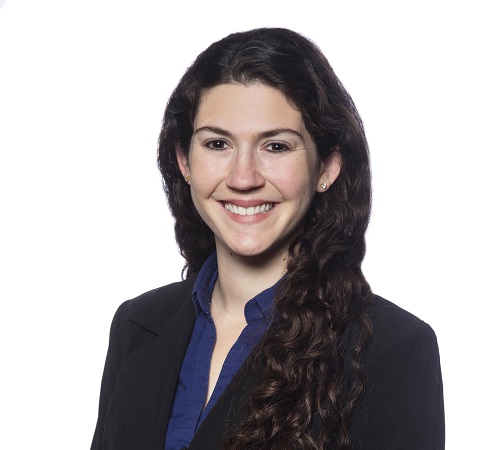
Winter 2018
How Did You Get That Job? Notes from Three Behavioral Scientists Working in Industry
Cynthia Castro Sweet, PhD, Digital Health Council
 |
 |
 |
| Rebecca Adams, PhD | Christian Cerrada, PhD | Jylana Sheats-Stuart, PhD |
We interviewed Dr. Rebecca Adams (Clinical Research Scientist, Virta Health), Dr. Christian Cerrada (Health Outcomes Research Associate, Evidation Health), and Dr. Jylana Sheats-Stuart (Behavioral Science Manager, Johnson & Johnson) about their paths to industry careers in digital health!
Describe your job?
Dr. Adams: My job is to assess and improve Virta patients’ health outcomes. I’m responsible for analyzing data from our clinical trial, managing research collaborations, writing manuscripts for peer review, and planning future research projects.
Dr. Cerrada: I am involved in the design, analysis, and publication of digital health research studies across a wide range of therapeutic areas.
Dr. Sheats-Stuart: My position involves leveraging behavioral science to create innovative digital/IT health and wellness solutions with the goal of improving health outcomes.
How did you find your job?
Dr. Adams: Informational interviews - I reached out to behavioral scientists at digital health companies to learn about their roles and get advice. During one conversation, I learned about the position at Virta Health and applied!
Dr. Cerrada: I first found out about Evidation Health during a poster session at SBM. I kept my eye out for job openings on LinkedIn using an alert.
Dr. Sheats-Stuart: Johnson & Johnson found me via LinkedIn and reached out! I've always had the habit of keeping my LinkedIn page, biosketch, and CV updated. Given the speed of corporate environments, this habit worked in my favor!
What excites you the most in your role?
Dr. Adams: I love working in a fast-paced, engaging environment on a treatment program that is having an immediate, positive impact on thousands of people with diabetes.
Dr. Cerrada: My role is a direct extension of my graduate training--but in a non-academic setting! It's exciting to advance health outcomes research rapidly and at such a massive scale using digital tools.
Dr. Sheats-Stuart: As a newbie to industry, I'm excited about learning how research is conducted in a non-academic environment, and applying my skills in new ways.
What is your biggest challenge?
Dr. Adams: In graduate programs, we learned about the gap between research and clinical practice, but there’s also a big gap between research and industry products. It’s challenging to bridge that gap in a rapidly-changing environment. More behavioral scientists in digital health will be key to ensuring that programs are as effective as possible.
Dr. Cerrada: The types of research questions asked in industry settings are different from ones in academia. It may take a while to get used to if you aren't anticipating it.
Dr. Sheats-Stuart: My position in industry is new-- and essentially "uncharted territory." I know that this is an opportunity for growth.
Any advice for others?
Dr. Adams: Have a lot of conversations with people in the field. I reached out to researchers at several companies via LinkedIn. This was sometimes uncomfortable, but well worth it. I learned so much about the different roles out there, and now I have a network for career advice in the future. If you decide to join a digital health company, you will be surrounded by people with different backgrounds and expertise. Remember that you spent many years studying behavioral medicine. Trust yourself and speak up so that the company can benefit from your knowledge. That’s why they hired you.
Dr. Cerrada: Keep an eye out for internships with companies you'd like to work for. I spent a summer interning at Omada Health; it was a great opportunity to test the waters and see if a non-academic environment was right for me.
Dr. Sheats-Stuart: Keep your online professional profiles updated and write in a way that appeals to academic and non-academic institutions. If you are unsure, identify relevant position descriptions that align with your experience and interest, and use similar language. I learned this from my techie friends while living in Silicon Valley. If done right, this approach may broaden your appeal.